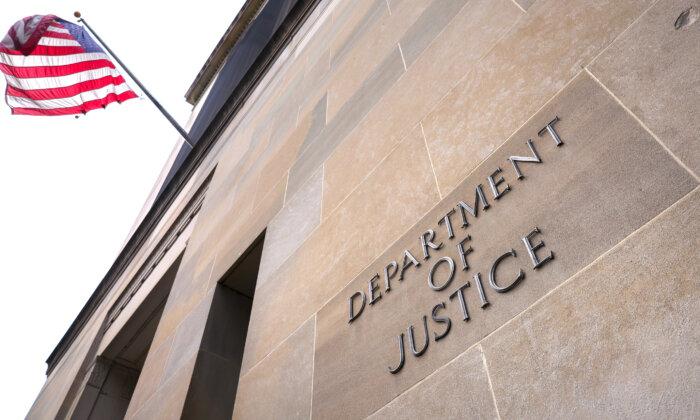Contact tracing is a tool in the public health arsenal that aims to suppress pandemics by preventing infected people from passing on pathogens to other people, and it is likely soon to become the focus of the governmental campaign against the virus.
The pathogen at issue here is actually a species of virus called a retrovirus, which begins its journey in the human body by copying itself by writing its RNA into DNA after penetrating a cell. The CCP virus, also known as SARS-CoV-2, causes the occasionally deadly disease known as COVID-19.
Tools such as government-ordered lockdowns, which have caused massive unemployment and economic shrinkage, and enforced social-distancing practices, may be effective in stemming the spread, but it’s hard to know for sure. It is very difficult to count infections avoided and attribute them to specific approaches.
As states relax restrictions on movement and patrons return to restaurants, stores, and other public places, state health departments across the country are expected to hire an army of contact tracers in a bid to arrest the spread of the virus.
The thinking among public health professionals is that with timely, widespread testing, and isolation of infected persons, contact tracing can bring the current pandemic down to a more manageable level, giving scientists time to develop therapeutic drugs and possibly a vaccine.
Contact tracing has been carried out for decades. It has been used to combat HIV, tuberculosis, and Ebola.
Contact tracing is not particularly complicated, its advocates say.
It is “one of the three pillars of public health infectious disease control: TTI—or, test, trace, and isolate,” epidemiologist Raywat Deonandan told The Epoch Times.
“You can only trace if you test, because otherwise you have no one to test. And once you trace, you must test and isolate, otherwise you have accomplished nothing in terms of stemming the spread,” said Deonandan, a professor at the University of Ottawa.
Although every jurisdiction goes about tracing differently, in general, “a team of tracers investigates a case—via interviewing or sometimes other tools, like tracing apps or the GPS on a phone—to determine where they have been, and hopefully with whom they’ve had contact, during the infectious period prior to detection.”
This process “usually involves identifying individuals who were likely contacted, and ranking those contacts as low- or high-risk. A low-risk contact is someone you passed in the grocery store. A high-risk contact is someone you had a conversation with in the elevator. Ideally, each high-risk contact is tested, and if found to be positive, then is traced themselves, and so on and so on.”
Contact tracers have to know something about the disease in question, as well as how to gain trust and ease individuals through the process of receiving bad news, Andrew Joseph writes at STAT, a website that focuses on health-related news.
“Tracers are often the ones who tell people they have the virus, and as they provide information about COVID-19, they also ask about where that person has been in recent days and with whom they’ve interacted,” Joseph writes.
“Then tracers have to reach out to those contacts and ask them to quarantine. Tracers keep in touch with both cases and contacts, monitoring their health, making sure they have a way to get food, and, in some cases, finding a place for them to stay away from their families. They also have to work quickly; people become infectious just a few days after contracting the virus.”
A close contact is considered to be “any individual who was within 6 feet of an infected person for at least 15 minutes starting from 2 days before illness onset (or, for asymptomatic patients, 2 days prior to positive specimen collection) until the time the patient is isolated.”
The need for contact tracing is urgent, public health professionals say, because the disease has already taken a heavy toll on the United States, which has experienced the most COVID-19 deaths of any nation on earth (based on official numbers, although China’s official numbers are believed to be greatly undercounted), and it is unclear when, or if, the disease will subside.
There had been a cumulative total of a little over 2 million confirmed cases in the United States. as of June 8, according to Worldometers. Of those, about 762,000 recovered, and 112,000 died.
The hardest hit states are: New York (398,828 cases; 30,442 deaths); New Jersey (166,006 cases; 12,216 deaths); California (131,710 cases; 4,653 deaths); Illinois (127,757 cases; 5,904 deaths); and Massachusetts (103,436 cases; 7,316 deaths).





